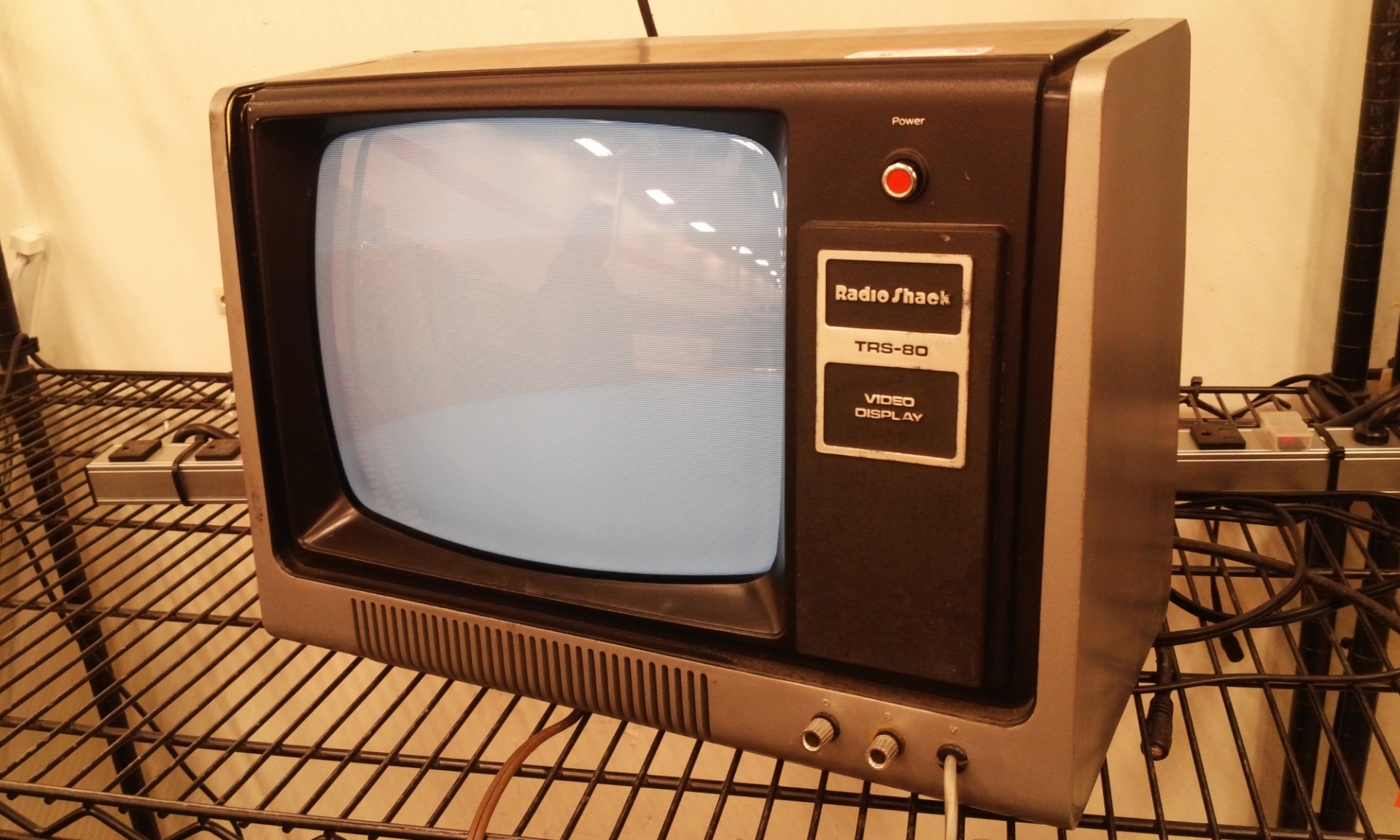We are in an interesting phase of the stock market cycle.
The monetary and valuation models flash yellow and red, while momentum and sentiment are bright green. And the Federal Reserve has raised rates at a faster pace than ever before, which is going to hurt stock prices eventually.
Interest rates are a vital component of every valuation model used by analysts, and investment bankers use interest rates as a key component. The higher interest rates climb, the less companies are worth.
Interest expense is also a major line item on many corporate balance sheets: higher interest expense leads to lower profits, another key component of valuation models. Lower profits lower the value of a company.
This is all true and will eventually be reflected in the level of the stock market—but the key word is “eventually.” Right now, no one cares about valuations and profits. The Fed might stop rising rates, and the last few economic reports are excellent. It is time to buy. It all up-up and away from here!
There will be a reality check at some point. There always is sooner or later.
Usually, it is later.
So, what do we do until there is a bargain creation event that allows us to buy stocks aggressively?

Obviously, the answer is to explore the dark corners of the market that no one else cares about. This is an excellent time to go hunting for those unloved, ignored, and deeply undervalued companies.
We want businesses trading for far less than the current value of their assets and cash flows—businesses that have the potential to increase their value over the next several years. These types of companies give us the potential for longshot returns regardless of what the markets do in the interim.
Gray Television Inc. (GTN), which owns TV stations, is an excellent example of a stock that can return several multiples of the current stock price.
No one cares about the stock right now, largely because no one cares about television stations. We want artificial intelligence and breakthrough drugs that will cure every disease known to man and make us gazillionaires by next Thursday. TV stations are passé. Everyone is cutting cords and going to streaming services.
Cool story, bro.
Traditional broadcast networks are still catching more eyeballs every day than any of the streaming services. According to a recent report from Gabelli and Company, streaming service subscribers have fallen from a high of 100 million to less than 80 million today.
Household penetration has fallen from 80% to less than 60% nationwide.
Gray Television owns TV stations affiliated with the four major networks, CBS, NBC, ABC, and FOX, in 113 markets across the United States. The stations owned by Gray reach 36% of the U.S. population. It is the second-largest broadcaster in the country. According to comments from CFO Jim Ryan, most of the company’s stations are the number-one or number-two rated stations in their market.
Gray also owns studios, sports broadcasting, an online business, and a digital content business. The real story, however, is the television stations. This company has produced more than $3.6 billion in revenues and generated more than $600 million in free cash over the past year. Management uses the cash to pay down debt and reward shareholders with a generous dividend of 3.2%.
I get the streaming and cord-cutting story. My wife and I have a few streaming service subscriptions. We also watch more things on cable than on broadcast television, thanks in large part to my love of Major League Baseball and my wife’s affinity for home improvement and food networks.
However, we watch network news, local news, 60 Minutes, and occasional specials on the networks. I also confess to decades-long addiction to Jeopardy, which airs on local stations.
All major sporting events, including the Super Bowl, the World Series, the Women’s World Cup going on now, the NCAA Championship, the NBA finals, the upcoming 2024 Olympics, most golf majors, and just about any other major sports event, will be on broadcast TV. All those ad dollars will flow to the companies, including Gray Television, that own TV stations across the country.
TV stations may not be exciting or sexy now; however, they produce lots of cash flow, and a significant tailwind is building, which will increase the cash flows and value of the stations.
If you thought political ads were bad in 2020, brace yourselves: it is more than just the presidential contest as heated as that will be this time around. All 435 seats in the United States House of Representatives are up for bid, as are 33 Senate seats. On top of that, there are three gubernatorial elections in 2023 and 11 more in 2024. Countless local and statewide offices will also be contested over the next 15 months. Billions of dollars will be spent on advertising.
In 2020 and 2022, Gray captured more political dollars per household than any of its competitors. It will again in 2024.
The corporation owns stations in all the right markets, with a concentration in the eastern half of the United States, where most swing states that will attract massive spending are located. More money than ever before will likely be spent between now and the first Tuesday in November 2024. And Gray Television will capture a lot of that money. That money will be converted to cash flow to pay down debt and pay dividends. And all of this will lead to a much higher stock price.
I will save you the wonky math, but Gray Television as a business is worth close to twice its current stock price. The company’s value, five years from now, will be seven times or more than the current price according to my calculations.
This is common sense, higher probability long-term investing that can deliver higher returns than you ever thought were possible.





